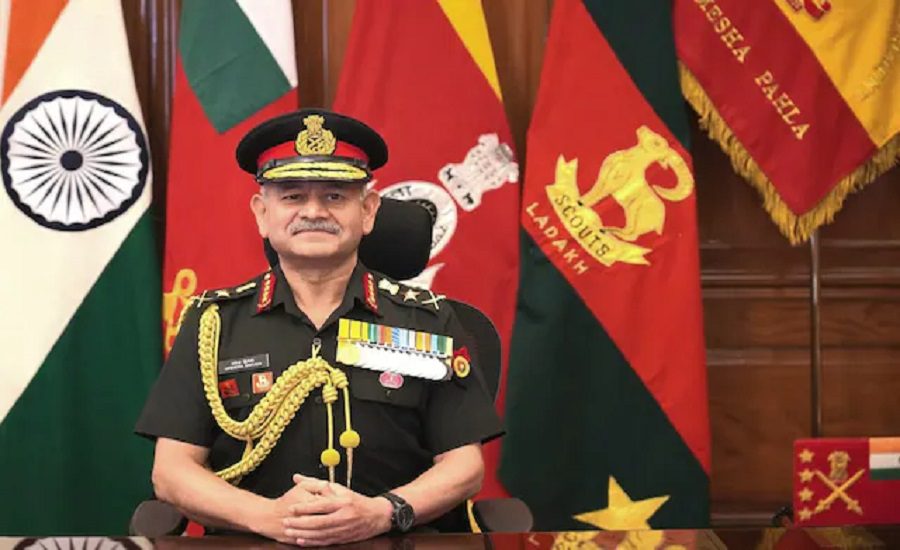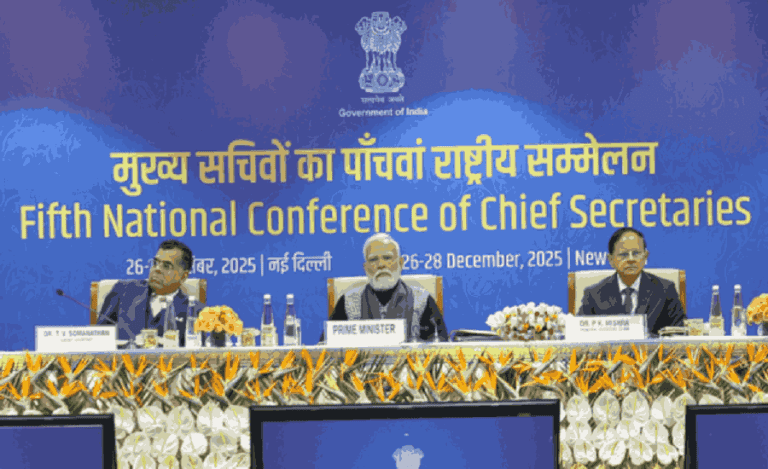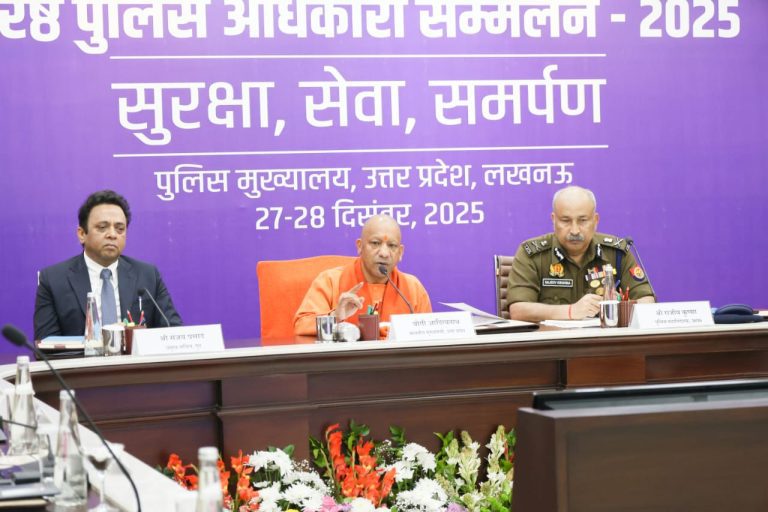New Delhi: In a major step toward enhancing India’s military readiness, the Central Government has empowered the Chief of the Army Staff (COAS) to call out 14 Infantry Battalions of the Territorial Army (TA) for deployment across the Northern, Western, and Eastern Commands. The unprecedented move, announced via a Gazette notification dated May 6, 2025, comes in the wake of mounting cross-border threats, particularly from Pakistan, and is aimed at bolstering strategic reinforcement and operational flexibility through 2028.
Invoking Rule 33 of the Territorial Army Rules, 1948, the government authorised the Army Chief to mobilise every officer and enrolled member of the TA “to provide for essential guard duties or full embodiment” as required by the evolving national security scenario.
Three-Year Mandate for Enhanced Operational Support
Under the order, the 14 battalions – out of a total 32 – may be deployed across all operational commands, including:
- Northern
- Western
- Eastern
- Central
- Southern
- South Western
- Andaman and Nicobar
- Army Training Command (ARTRAC)
The directive is valid from February 10, 2025, to February 9, 2028, and is subject to budgetary provisions. In cases where TA deployment is sought by ministries other than the Ministry of Defence, the financial responsibility will lie with the requesting ministry.
Escalation Along Borders: Context Behind the Decision
The notification comes at a time of heightened tensions along the northern and western borders, following India’s precision strikes under Operation Sindoor targeting terror camps across the Line of Control. On the night of May 8–9, India successfully repelled a massive coordinated drone offensive by Pakistan, involving over 50 drones aimed at 15 Indian military installations.
Key targets included Udhampur, Samba, Jammu, Akhnoor, Nagrota, and Pathankot, where Indian forces swiftly responded using L-70 guns, Zu-23mm, Schilka platforms, and counter-UAS systems. The Ministry of Defence stated that “the threats were swiftly neutralised using kinetic and non-kinetic capabilities,” affirming that India remains fully prepared to defend its sovereignty.
Territorial Army’s Expanding Role
The Territorial Army serves as a vital reserve force, supporting the regular army during emergencies and operational surges. The current authorisation significantly expands the TA’s mandate, allowing for flexible deployment across multiple fronts as a force multiplier.
A senior defence official noted: “The authorisation signals a shift toward sustained strategic preparedness. This is not just reactive – it’s about long-term reinforcement capacity.”
Legal and Strategic Implications
This is one of the most far-reaching applications of Rule 33 in recent decades, providing the Army with greater autonomy to act swiftly without needing repeated approvals. The move is seen as a deterrent signal to adversaries and a logistical reinforcement for India’s multi-front defence strategy.
The mobilisation of the Territorial Army for a three-year period reflects the gravity of India’s current security environment. By enabling rapid augmentation of frontline forces, the government has reinforced both deterrence and defence in an increasingly volatile region.




























